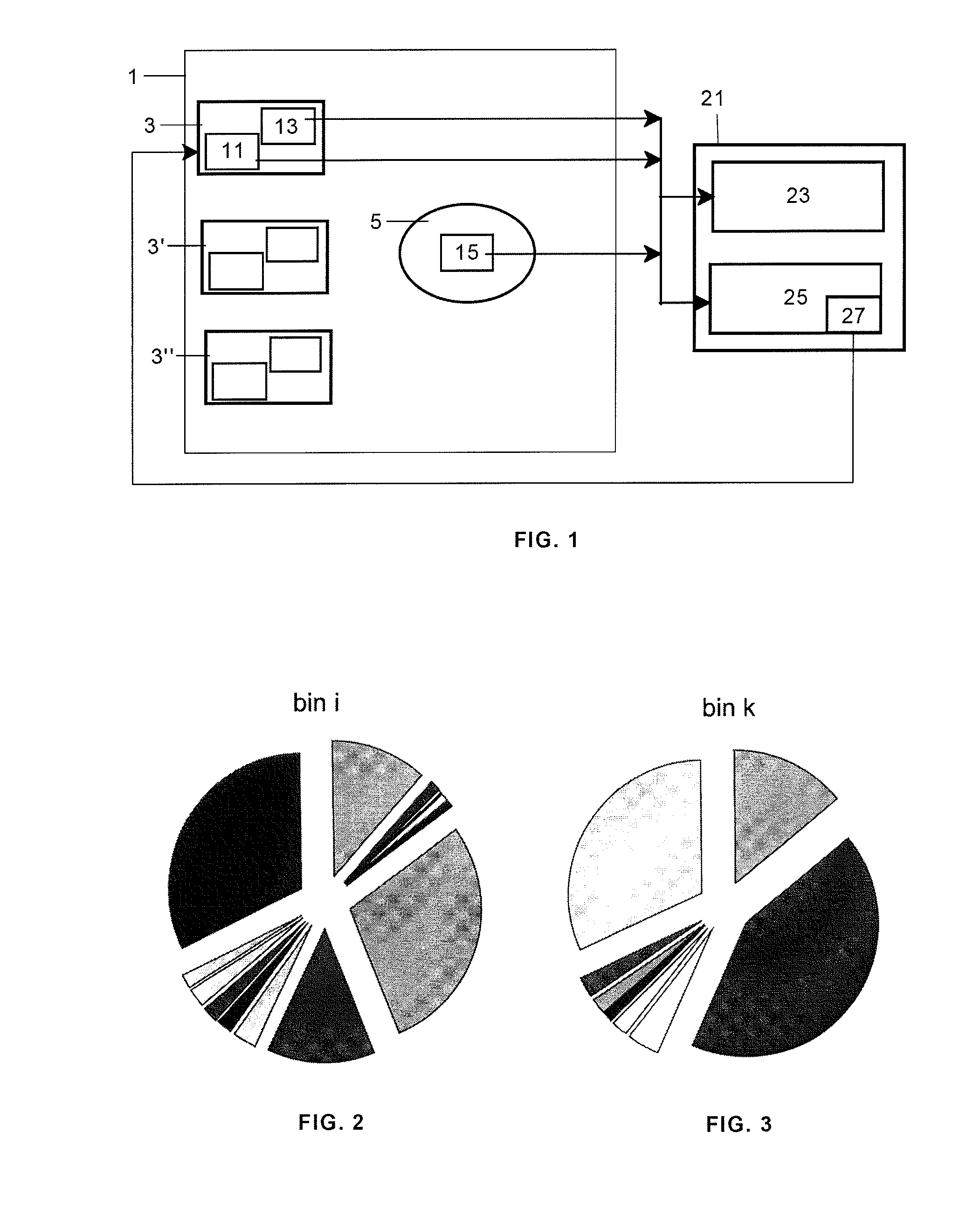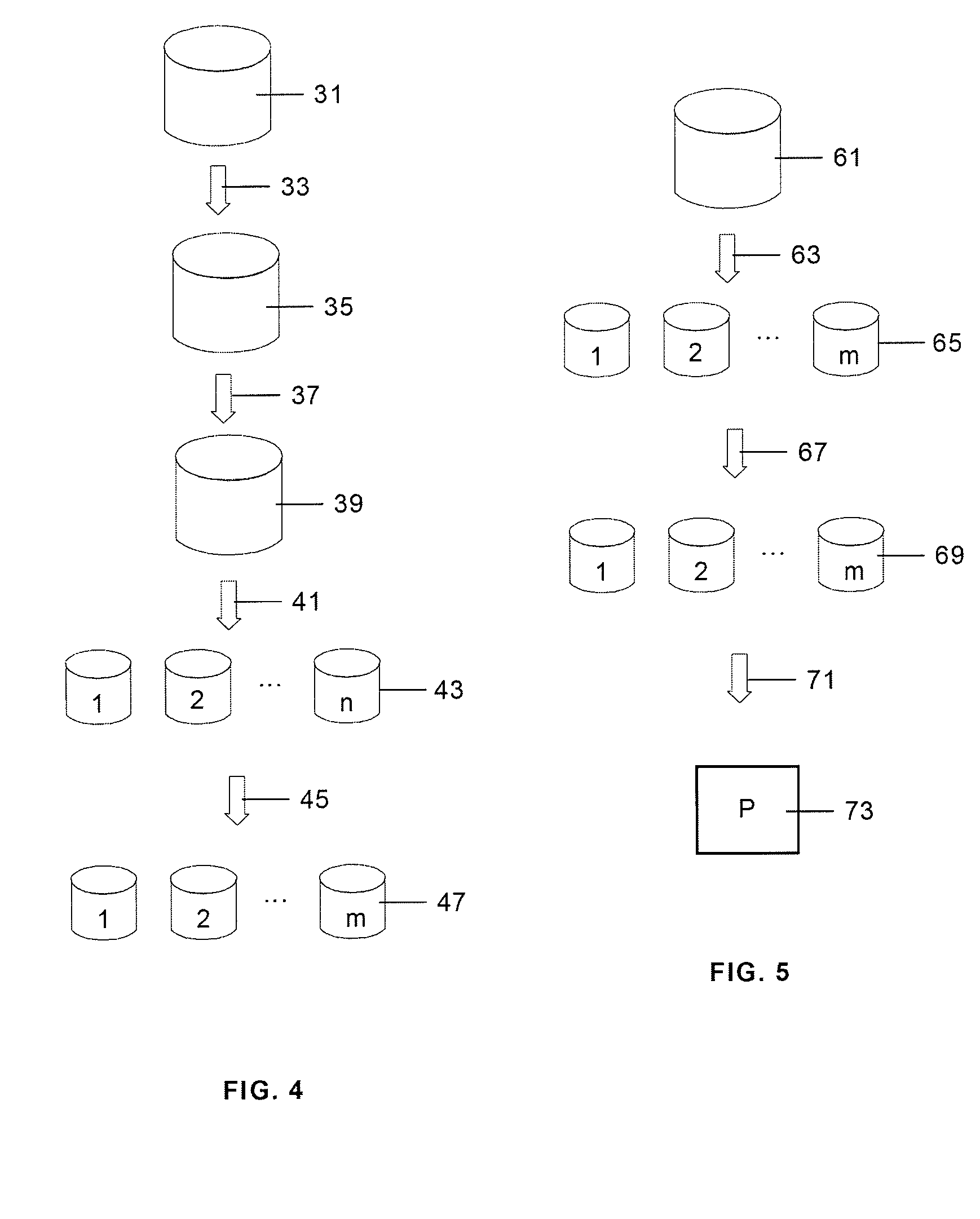System for evaluating and controlling the efficiency of a wind turbine
a technology of wind turbines and efficiency, applied in the direction of engine control parameters, weather condition prediction, multiple variables, etc., can solve the problems of inability to measure exact data concerning the velocity and characteristics of wind falling upon the blades, and the validity of the methods presented within a scientific context has not been proven
- Summary
- Abstract
- Description
- Claims
- Application Information
AI Technical Summary
Benefits of technology
Problems solved by technology
Method used
Image
Examples
Embodiment Construction
[0030]As is well known the control system of a wind turbine operates generally at two levels. At the first level, the control system uses meteorological parameter data obtained via the appropriate means of measurement such as, for example, wind velocity and takes the measures necessary to arrange that the operation of the wind turbine reflects the relevant meteorological conditions and supplies the power required in those working conditions such as, for example, a change in the angle of pitch of the blades or a change in the orientation of the nacelle. On the other hand, at the second level, the wind turbine's control system controls the wind turbine's connection to the electricity network both in relation to connection and disconnection operations and in relation to the generation of energy and the quality of the energy supplied to the network, for which purpose it uses data provided by internal means of measurement such as, for example, the instantaneous power produced by the gene...
PUM
 Login to View More
Login to View More Abstract
Description
Claims
Application Information
 Login to View More
Login to View More - R&D
- Intellectual Property
- Life Sciences
- Materials
- Tech Scout
- Unparalleled Data Quality
- Higher Quality Content
- 60% Fewer Hallucinations
Browse by: Latest US Patents, China's latest patents, Technical Efficacy Thesaurus, Application Domain, Technology Topic, Popular Technical Reports.
© 2025 PatSnap. All rights reserved.Legal|Privacy policy|Modern Slavery Act Transparency Statement|Sitemap|About US| Contact US: help@patsnap.com



